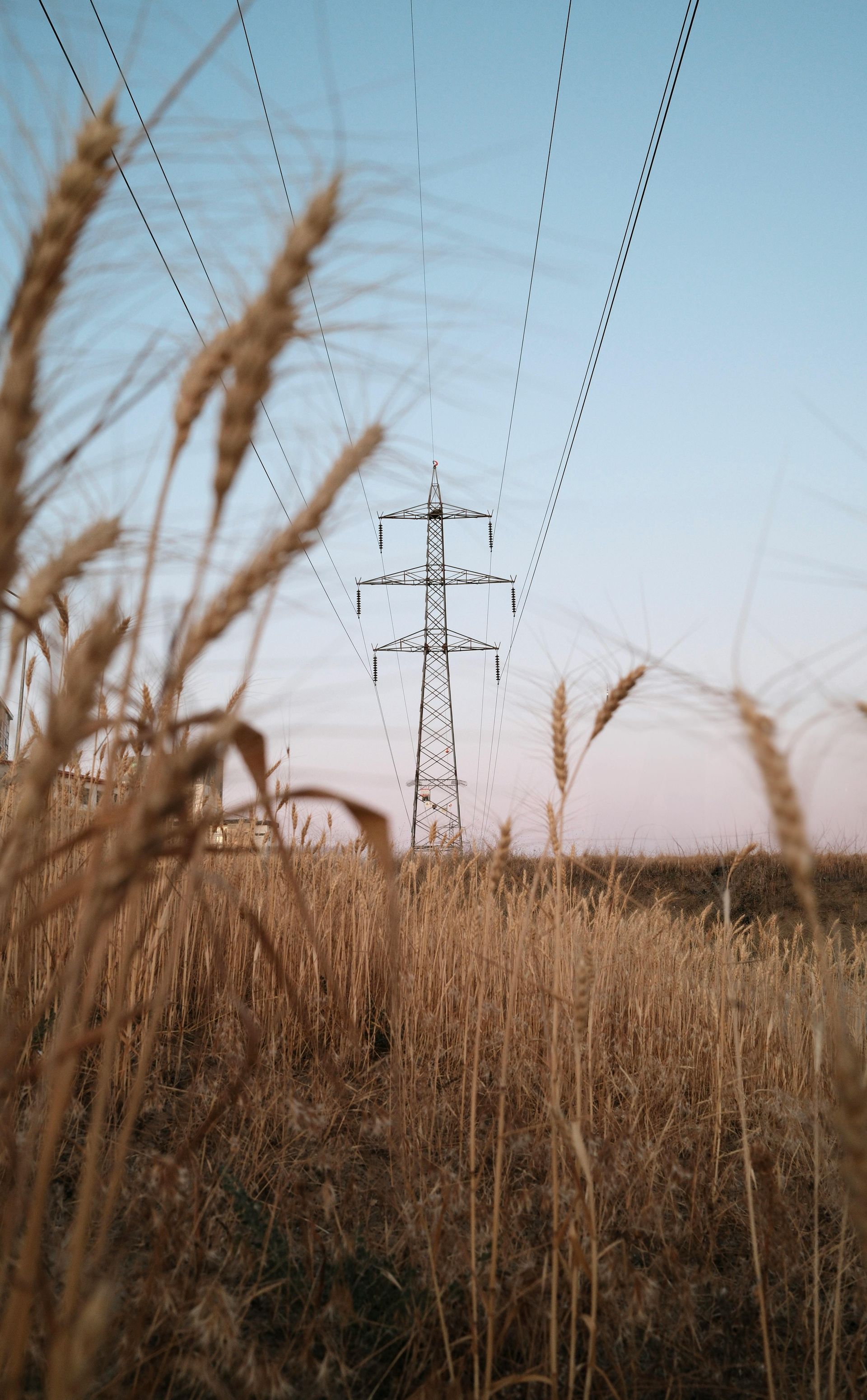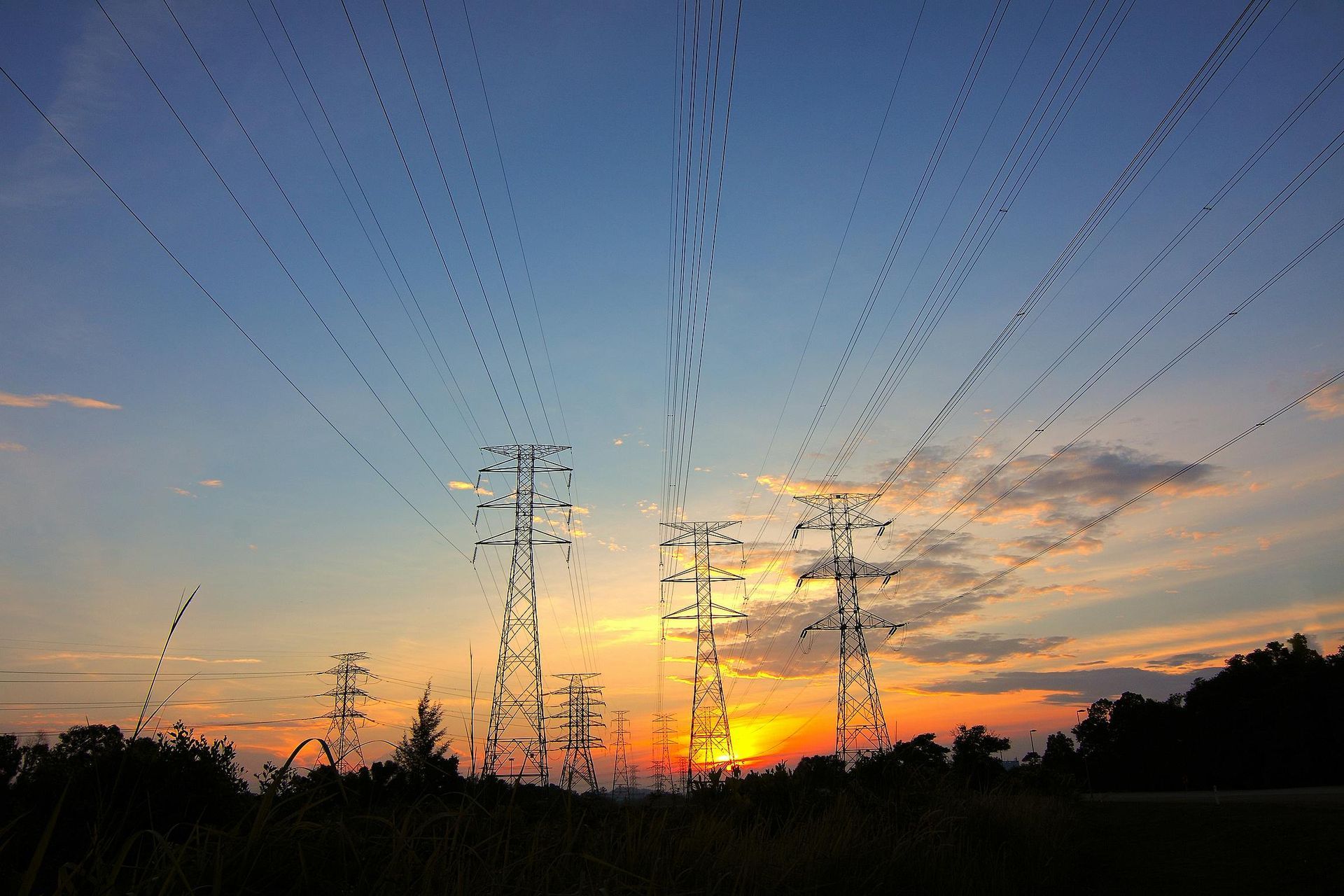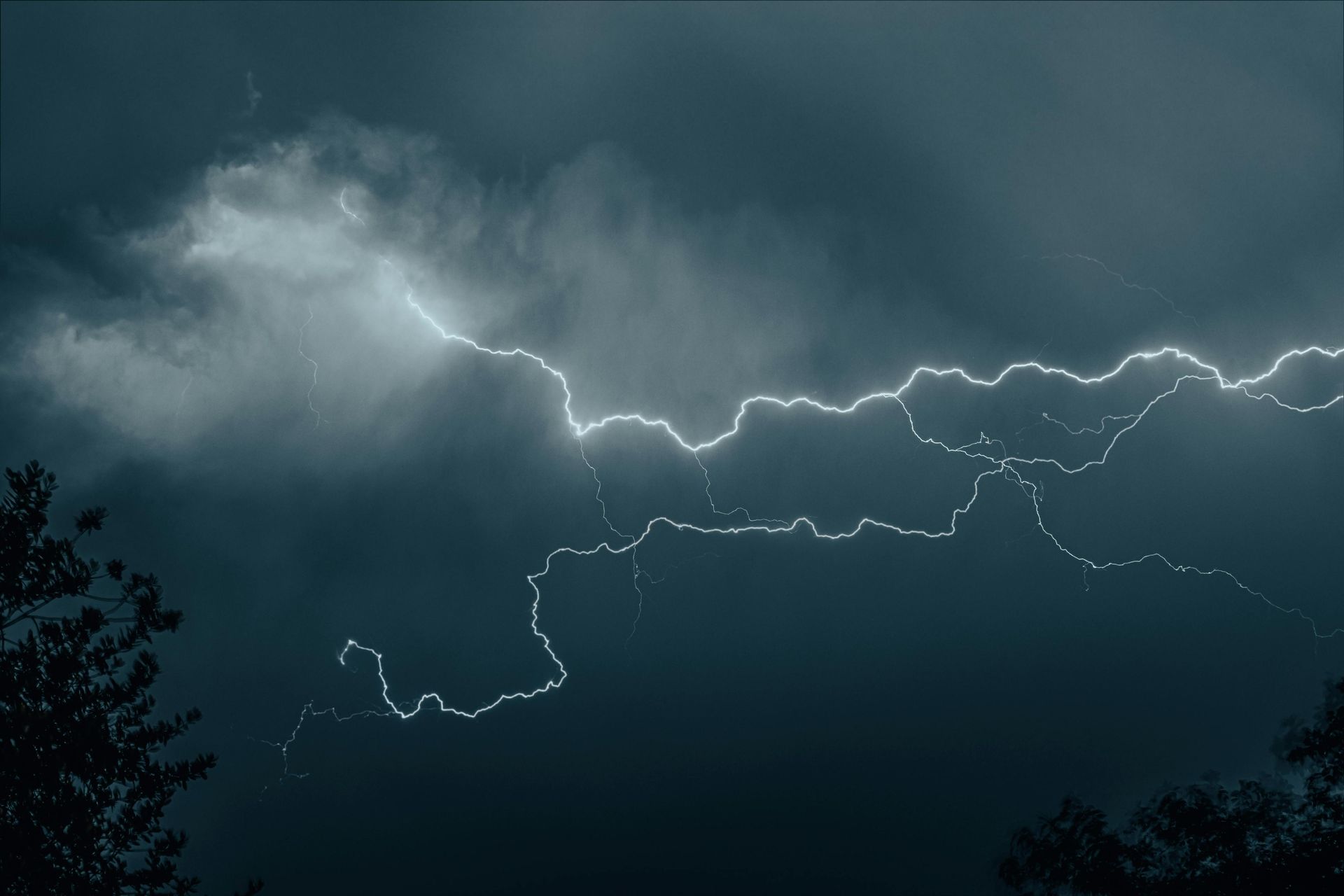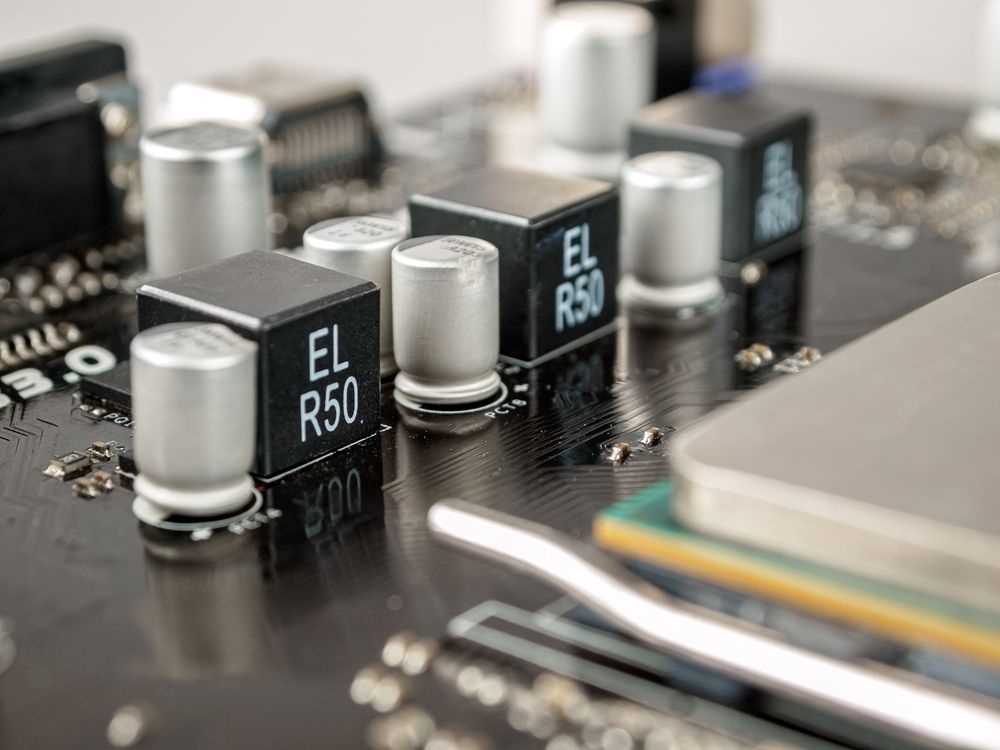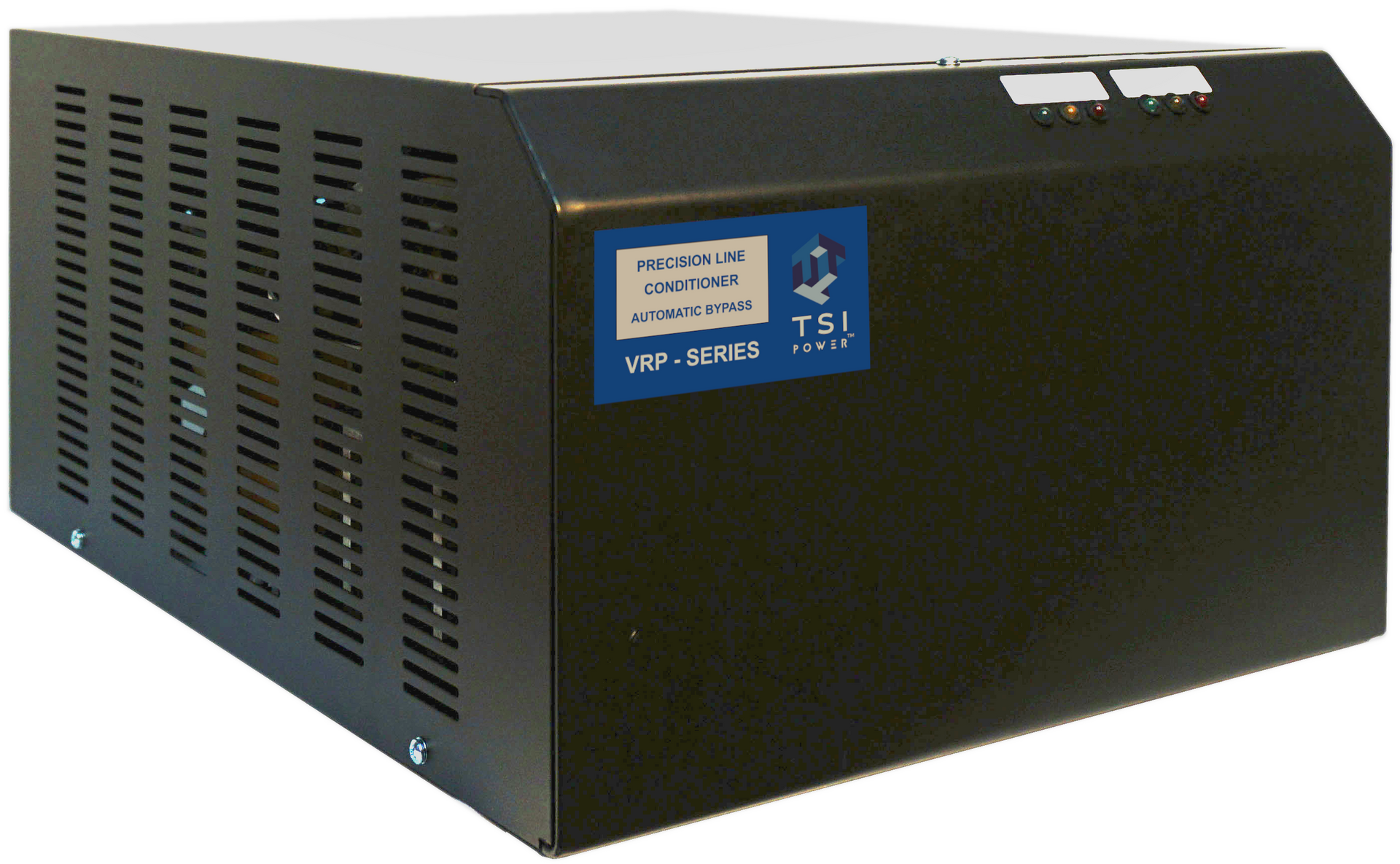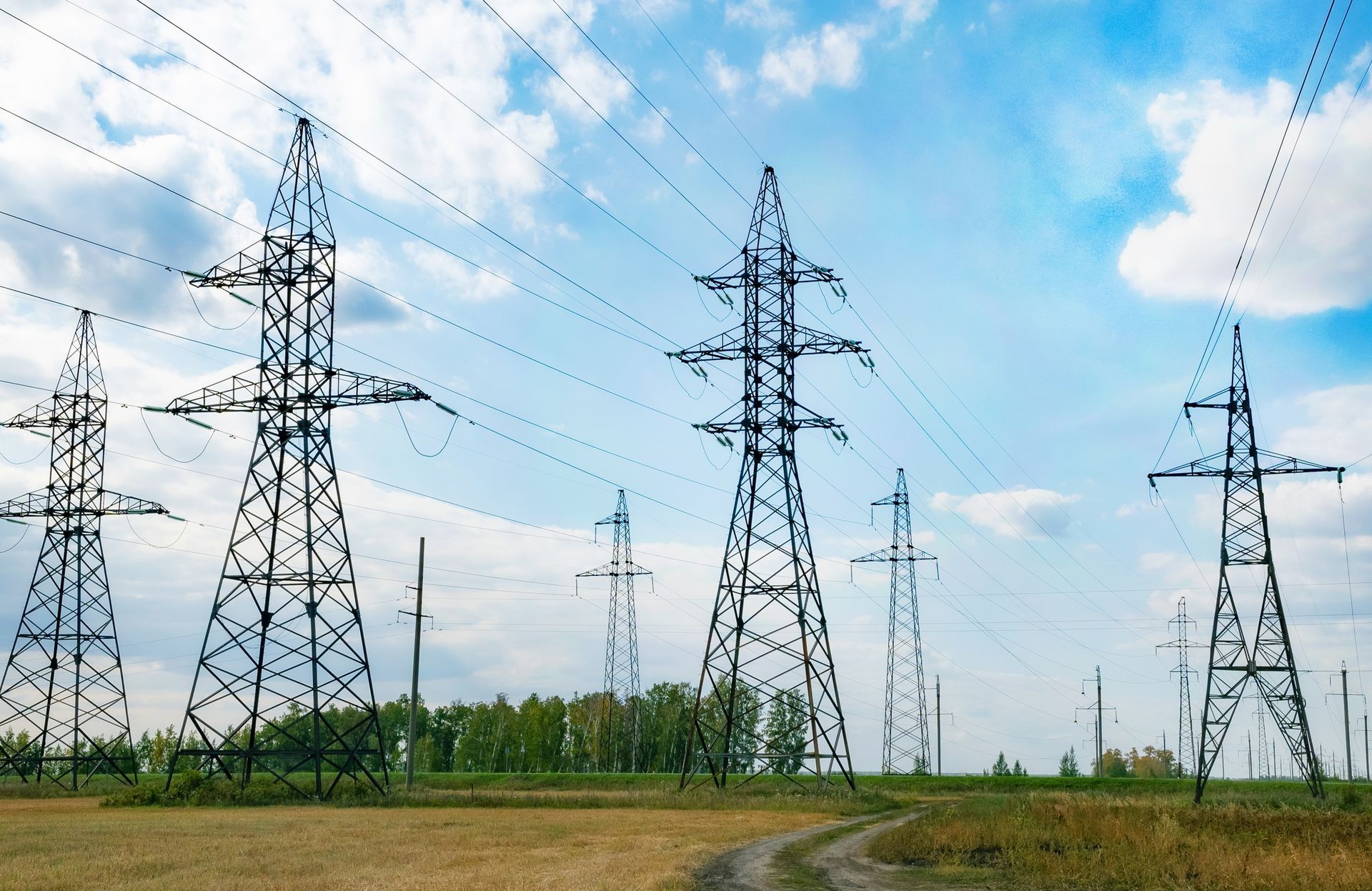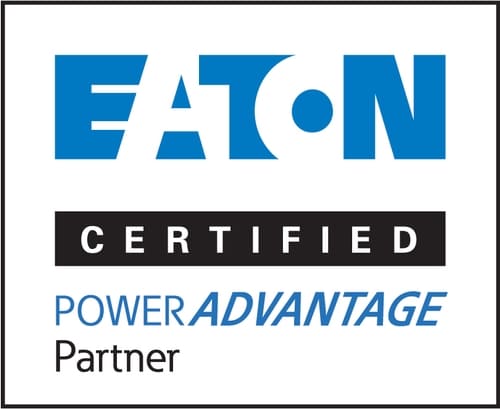Electrical Transmission Planning White Paper
22 May 2020
Share this article:
The U.S. electric transmission system is an engineering marvel critical to our economy and way of life. The details can be complex, but the basics are not—the transmission system is designed to reliably and efficiently deliver electricity from where it is generated to where it is distributed to customers. This Transmission Planning White Paper is designed to help policymakers understand the basic technology, economics, and regulations that underlie the planning of today’s electric transmission system.
In the 1830s, a seemingly simple discovery was made that would profoundly change everyday life. Moving a magnet through a coil of wire generated electricity, the flow of electrons, in the wire.1 Nearly all of today’s electricity power plants use this same concept. Wind, water flowing in a river, and boiling water to create steam are some of the various means used by today’s power plants to turn turbines that spin magnets within coils of wire to generate electricity. This is the generation of electricity. Electricity is difficult to store economically; thus, it needs to be generated when it is needed. When you turn on your light switch, a power plant must respond and increase its generation of electricity instantly.
Historically, it has been less expensive to generate electricity at large, centralized power plants, which can be hundreds of miles from where the electricity is used, than with small local generators. The electricity generated at these power plants is transmitted through the transmission system, a network of interconnected high-voltage lines. Transmission lines are designed to transmit a large amount of electricity while minimizing the amount of lost energy, and are interconnected with each other to make the system more reliable. The U.S. interstate highway system is analogous to the transmission system.
In an interconnected network, if a line or power plant goes out of service, another pathway or power plant can take its place. Lower-voltage lines are connected via substations to the high-voltage transmission system to distribute electricity to the exact location where it is needed, such as homes, offices, stores, and factories. These lower-voltage lines form the electric distribution system. Local roads and streets are analogous to the electric distribution system.
View the full paper here.
Connect with Us:


